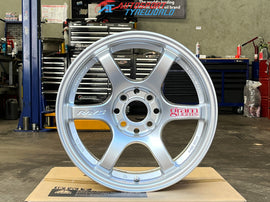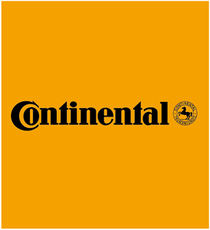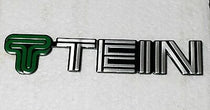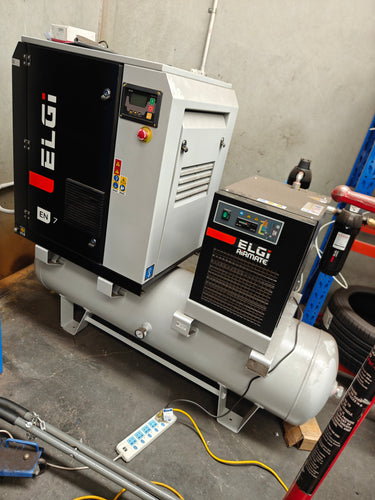Hazards/risks
Compressed and liquefied gases are in vessels under pressure, and are used in workshops as fuel, as a source of oxygen or as a shielding gas in certain types of welding.
Risk factors associated with their use include the following:
Fire or explosion: Gas leakage is one of the greatest hazards when storing, handling and using cylinders. An ignition source, such as a spark from an angle grinder being used nearby, could cause a fire or explosion.
Asphyxiation: Dangerously low levels of oxygen can cause fatigue and, in extreme cases death. Working in an area with inadequate ventilation can present an asphyxiation hazard. For example, gases that are heavier than air can accumulate in pits, while those lighter than air can accumulate in roof spaces and lofts/mezzanines. Read more about working in confined spaces
Uncontrolled release of pressure: A sudden release of compressed air may cause hearing damage or even rupture an ear drum. Compressed air can also deeply penetrate the skin, resulting in an air bubble in the bloodstream (an embolism). Even a small quantity of air or other gas in the bloodstream can be fatal.
Safety solutions
1. Ensure the Safety Data Sheet (SDS) for any gas in use is available.
2. Store cylinders upright and restrained to prevent them falling or rolling.
3. Regularly maintain regulators and valves, and keep them away from contaminants (e.g. oils, greases).
4. Carry out pre-operational inspections, in particular checking for leaks.
5. Carry out inspections for rusting/pitting on compressors at least every two years, and internal inspections at least every 4 years.
6. Train workers in the safe storage, handling and use of compressed air and all air-operated tools and equipment. Compressed air must never be deliberately misused.
7. Install compressors in an area that minimises noise.
8. Register air tanks and receivers (if required).
9. Drain air tanks daily to prevent rusting and pitting.
10. Ensure PVC air lines (if used) are rated for compressed gas.
Further information
Code of Practice: Managing Risks of Hazardous
Chemicals in the Workplace
safework.sa.gov.au/cop
















